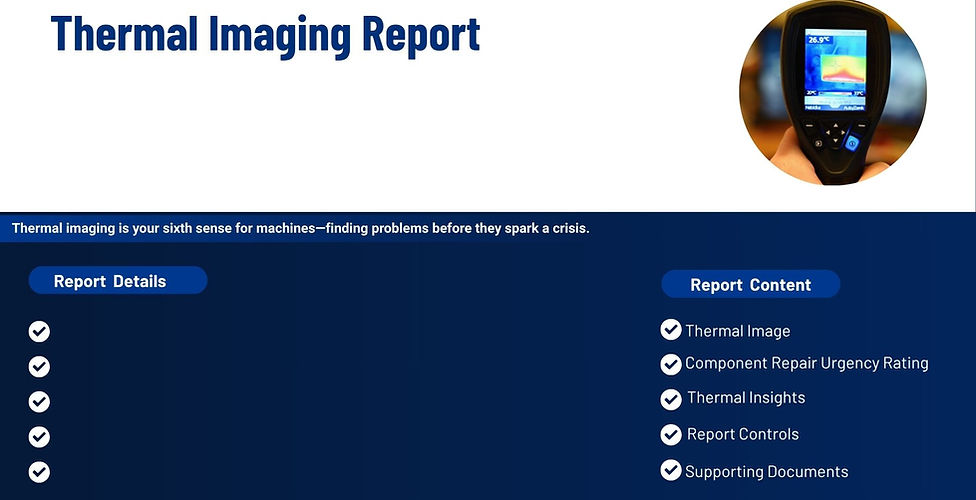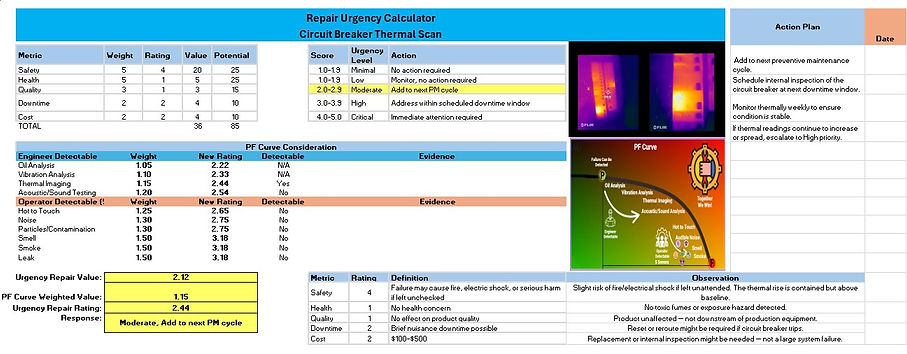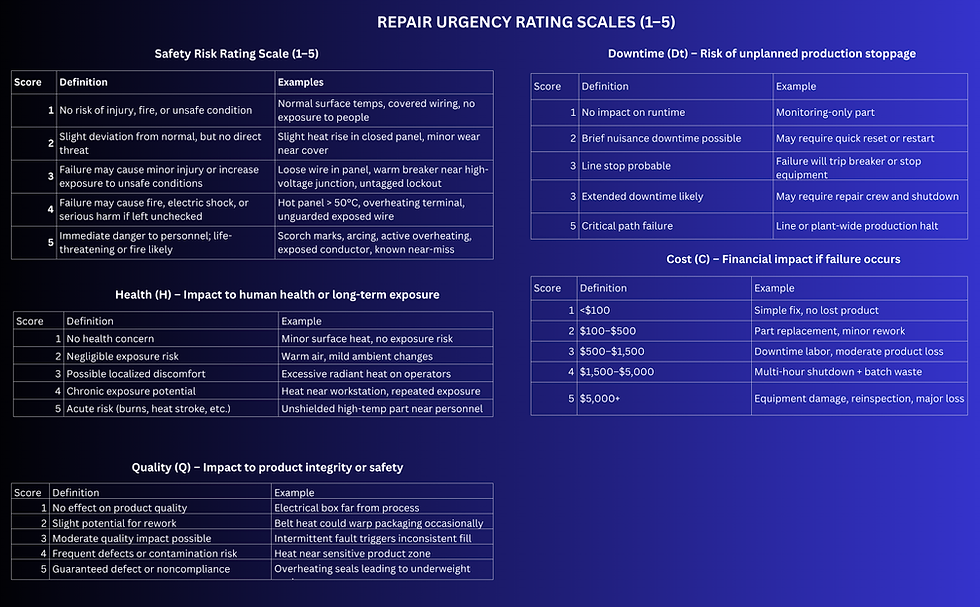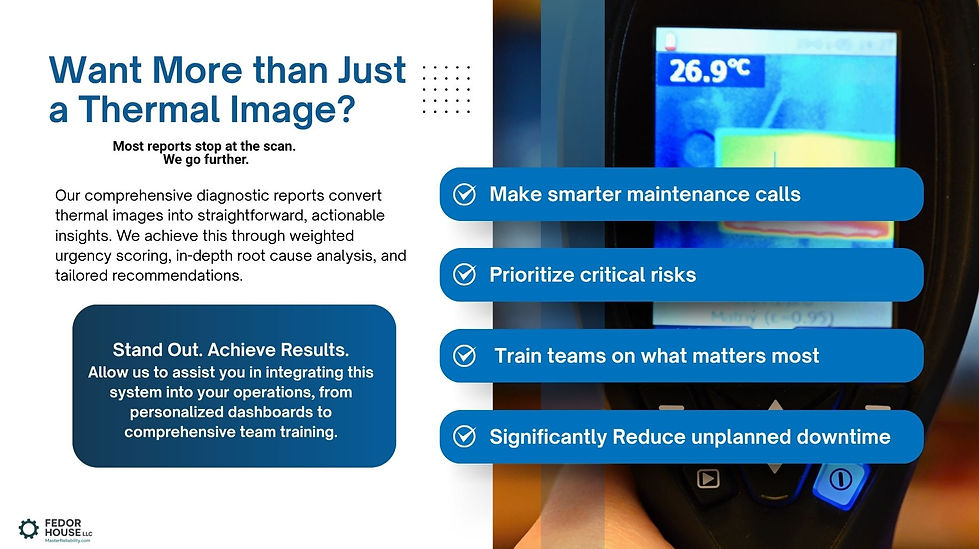

Circuit Breaker Thermal Scan
Bloomington, IL
Circuit Breaker
Home-01
Kerina Epperly
July 28, 2025 at 3:00:00 AM



4.00
1.00
1.00
2.00
2.00
2.12


Breaker shows elevated temp of 29.5°C with reversed circuit behavior. Fire hazard possible if left unaddressed.


Bottom-left breaker (lower quadrant of the left column in residential electrical panel).
Visible hot spot at approximately 29.5°C (85.1°C), noticeably warmer than adjacent breakers. Localized thermal bloom indicates concentrated heating, likely at the breaker terminal or lug.
Breaker shows elevated temp of 29.5°C with reversed circuit behavior. Fire hazard possible if left unaddressed.

Loose wire termination or increased resistance at the breaker connection. Possible overload or backfeed condition from shared neutral or faulty device downstream.
• Circuit behavior issues (e.g., fan turns on when light turns off).
• Intermittent or reversed function from connected loads.
• Audible hum, mild buzzing, or light flicker in affected circuit.
• No visual signs externally, but FLIR indicates temperature anomaly.
• De-energize panel and check for loose terminal screw on the identified breaker.
• Verify load on the circuit, inspect for shared neutrals or recent changes in wiring.
• Swap the breaker with an adjacent one and retest (if allowed by breaker style).
• Inspect connected switch and fan/light wiring for improper routing.

Tighten breaker lug (with power off).
• Replace breaker if terminal is scorched, discolored, or suspect.
• Replace light/fan switch to eliminate internal contact failure.
• Check neutral path and confirm circuit separation if needed.
• Monitor with FLIR after repair to confirm resolution (expect 25°C under normal load).
• Loose breaker terminal screw causing resistance and localized heating.
• Possible shared neutral or circuit backfeed behavior due to miswiring or device failure. • Environmental vibration/thermal expansion loosening electrical connections over time.

• Tighten all breaker terminal screws and check for discoloration or wear.
• Replace light/fan switch and test circuit function.
• Add routine panel inspection to preventive maintenance schedule (annually or bi-annually).
• Train residential occupants on safe load usage and signs of thermal faults.
1. Perform a Breakdown Analysis
Report Controls:
This Filter controls the main report above.
Instructions:
1.) Click on the Reset button to display all reports.
2.) Select the report you are interested in by clicking in the table on the report.
3.) Click on the Filter button to update the main report.
Title | Component | Inspection Date | Signs and Symptoms | Thermal Visual Cue | Likely Issue | Thermal Image Upload |
|---|---|---|---|---|---|---|
Circuit Breaker Thermal Scan | Circuit Breaker | 28/07/2025 | • Circuit behavior issues (e.g., fan turns on when light turns off).
• Intermittent or reversed function from connected loads.
• Audible hum, mild buzzing, or light flicker in affected circuit.
• No visual signs externally, but FLIR indicates temperature anomaly. | Visible hot spot at approximately 29.5°C (85.1°C), noticeably warmer than adjacent breakers. Localized thermal bloom indicates concentrated heating, likely at the breaker terminal or lug. | Loose wire termination or increased resistance at the breaker connection. Possible overload or backfeed condition from shared neutral or faulty device downstream. |








